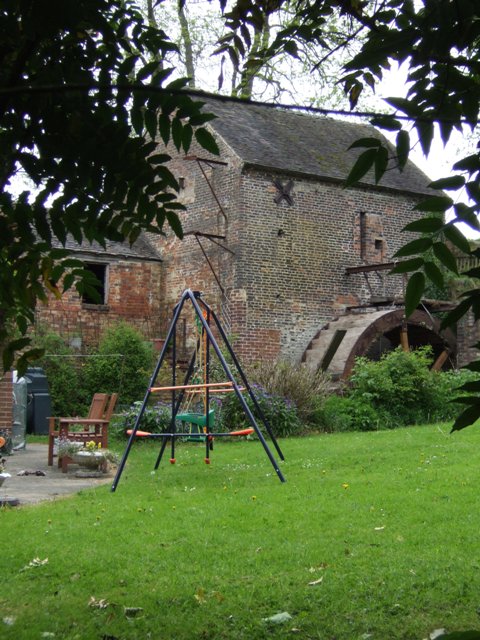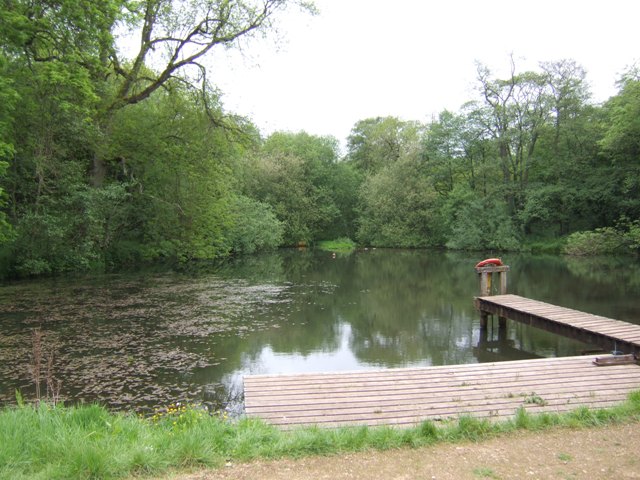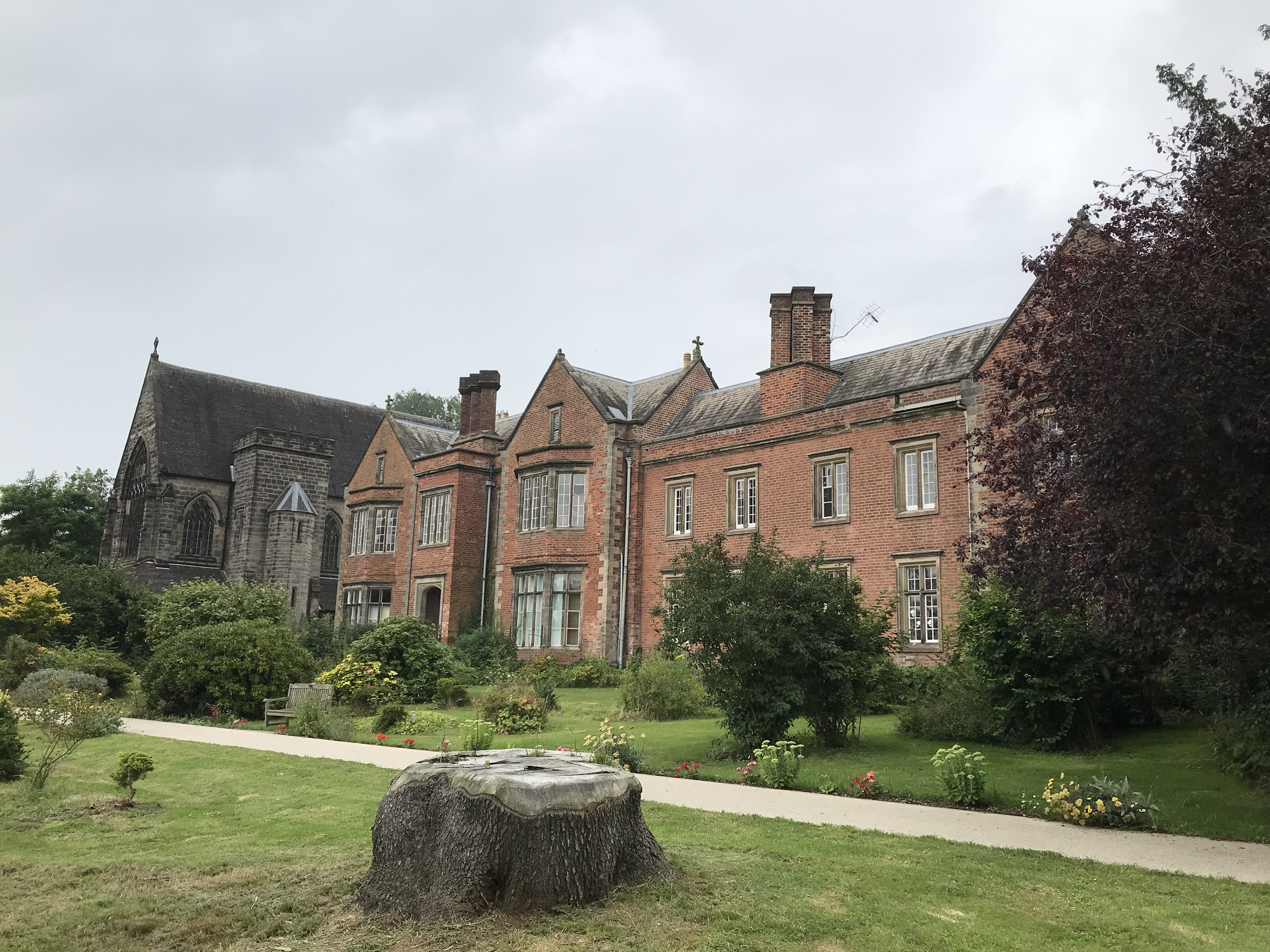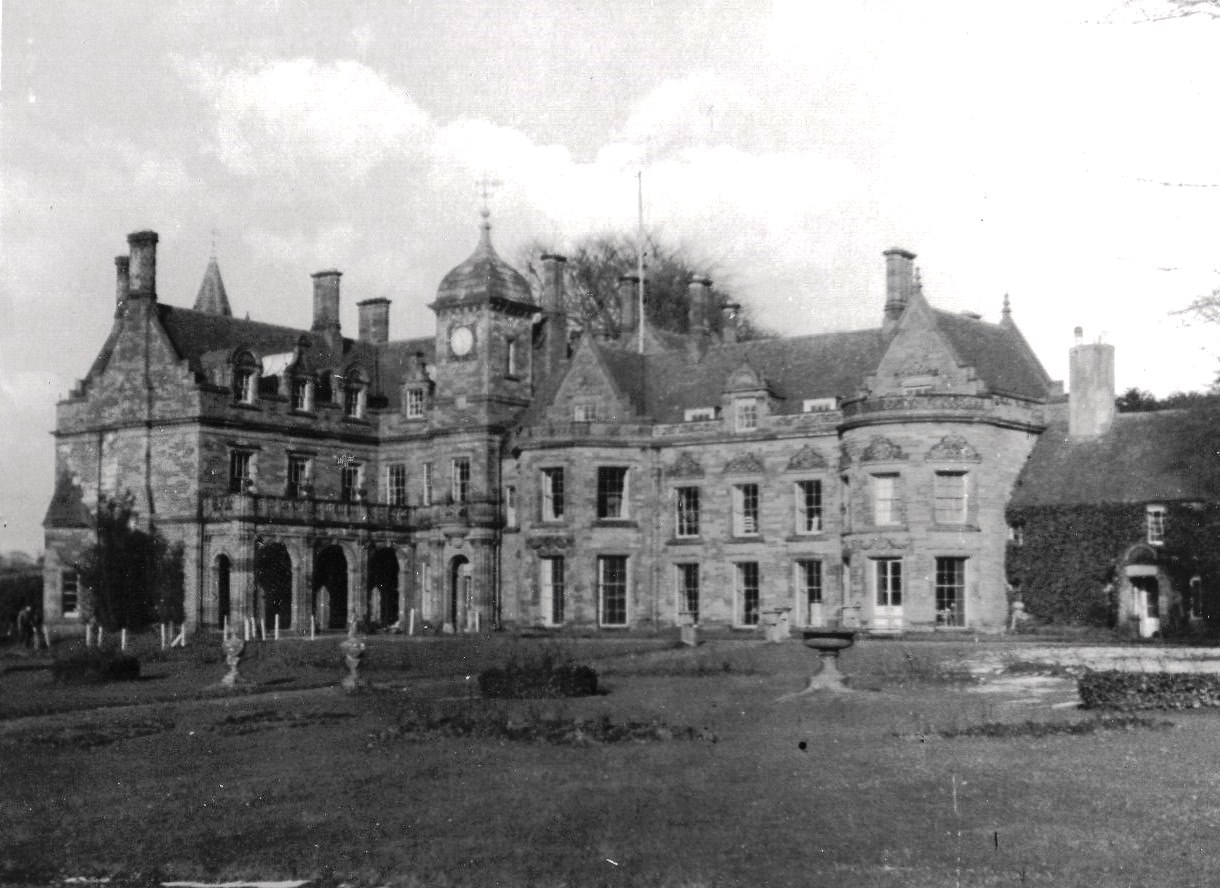Black Plantation
Wood, Forest in Staffordshire Stafford
England
Black Plantation
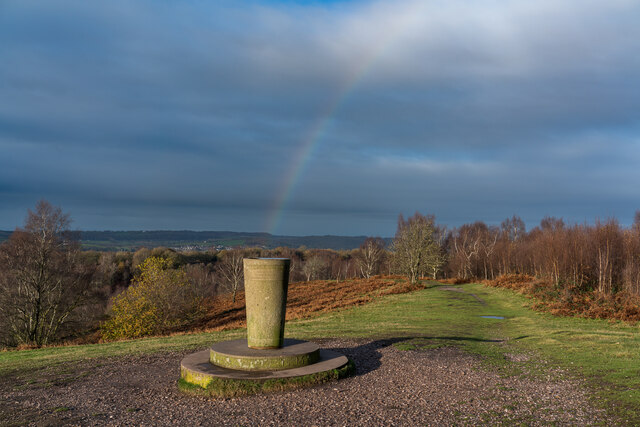
Black Plantation, Staffordshire, also known as Wood or Forest, is a notable natural feature located within the county of Staffordshire, England. This woodland area covers a vast expanse of approximately 500 acres and is located near the town of Cannock. The woodland is primarily composed of dense, mature trees, predominantly oak and birch, which create a unique and picturesque landscape for visitors to enjoy.
Black Plantation is renowned for its rich biodiversity and acts as a crucial habitat for a variety of plant and animal species. The woodland is home to a diverse range of flora, including bluebells, ferns, and various wildflowers, which carpet the forest floor during the spring season. The dense canopy provided by the towering trees creates a shaded and secluded environment, perfect for a tranquil walk or a peaceful escape from the bustle of urban life.
The woodland also features a network of walking trails and paths that wind their way through the trees, allowing visitors to explore the area and appreciate its natural beauty. These paths are well-maintained and offer an accessible route for walkers, joggers, and nature enthusiasts alike. Additionally, the plantation features designated picnic areas and benches, providing the perfect spot for visitors to rest and soak in the peaceful surroundings.
Black Plantation, Staffordshire, is a beloved natural resource for both locals and tourists, offering a serene and enchanting escape into nature. Its well-preserved and diverse ecosystem ensures that it remains a valuable asset for the local community and an important area for wildlife conservation.
If you have any feedback on the listing, please let us know in the comments section below.
Black Plantation Images
Images are sourced within 2km of 52.925395/-2.140882 or Grid Reference SJ9036. Thanks to Geograph Open Source API. All images are credited.
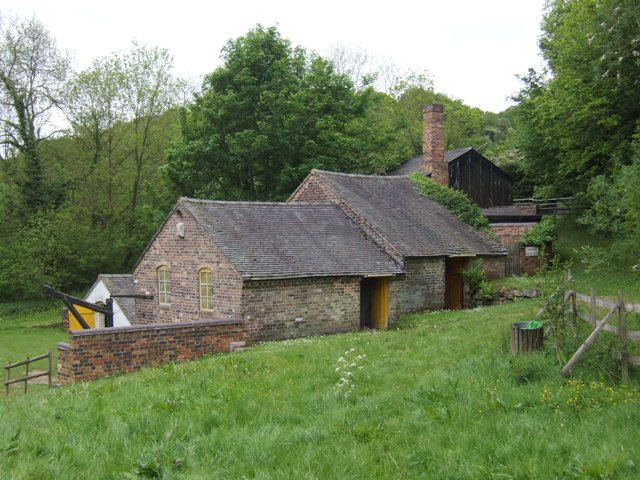


Black Plantation is located at Grid Ref: SJ9036 (Lat: 52.925395, Lng: -2.140882)
Administrative County: Staffordshire
District: Stafford
Police Authority: Staffordshire
What 3 Words
///sands.fumes.tasty. Near Stone, Staffordshire
Nearby Locations
Related Wikis
Downs Banks
Downs Bank, also known as Barlaston Downs, is an area of open countryside, located two miles (3 km) north of the town of Stone in Staffordshire, and four...
Oulton Abbey
St Mary's Abbey, Oulton is a former Benedictine convent located in the village of Oulton near Stone in Staffordshire, England. The Abbey church is Grade...
St Dominic's Priory School, Stone
St Dominic's Priory School is an independent Catholic day school in the town of Stone, Staffordshire, halfway between Stoke-on-Trent and Stafford. The...
Alleyne's Academy
Alleyne's Academy (formerly Alleyne's High School) is a coeducational secondary school and sixth form with academy status. It is located in Stone, Staffordshire...
Meaford Power Station
Meaford Power Station was a coal-fired power station situated on the River Trent at Meaford near Stone in Staffordshire. == History == === Meaford A... ===
Meaford Hall, Staffordshire
Meaford Hall in Staffordshire, England is a 17th-century country house at Meaford, near Stone, Staffordshire. The River Trent runs through the estate's...
Moddershall
Moddershall is a small village in the borough of Stafford in the county of Staffordshire, England, part of the civil parish of Stone Rural and ecclesiastical...
Stone Rural
Stone Rural is a civil parish in the Stafford district, in the county of Staffordshire, England. The parish includes the settlements of Aston-By-Stone...
Nearby Amenities
Located within 500m of 52.925395,-2.140882Have you been to Black Plantation?
Leave your review of Black Plantation below (or comments, questions and feedback).









